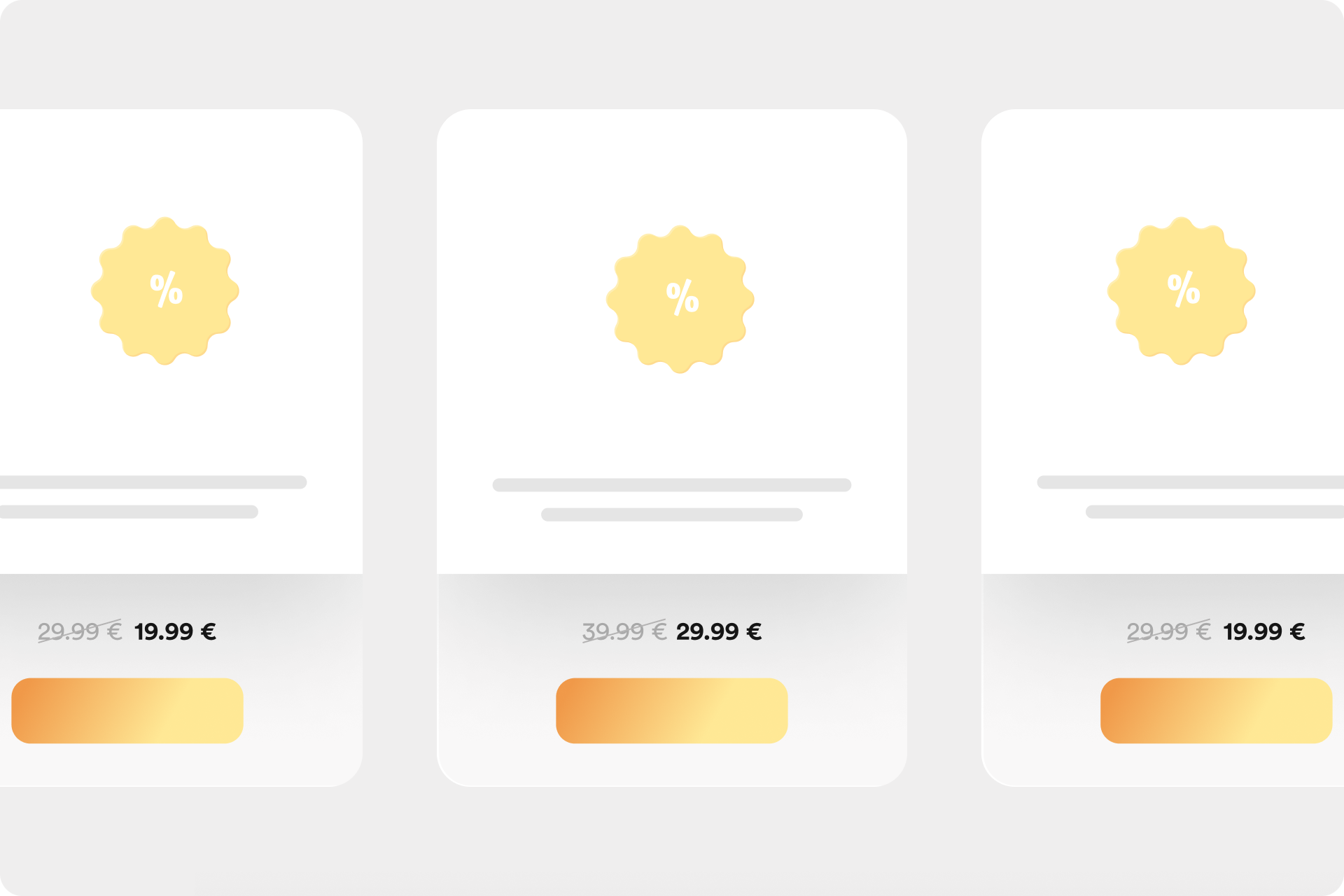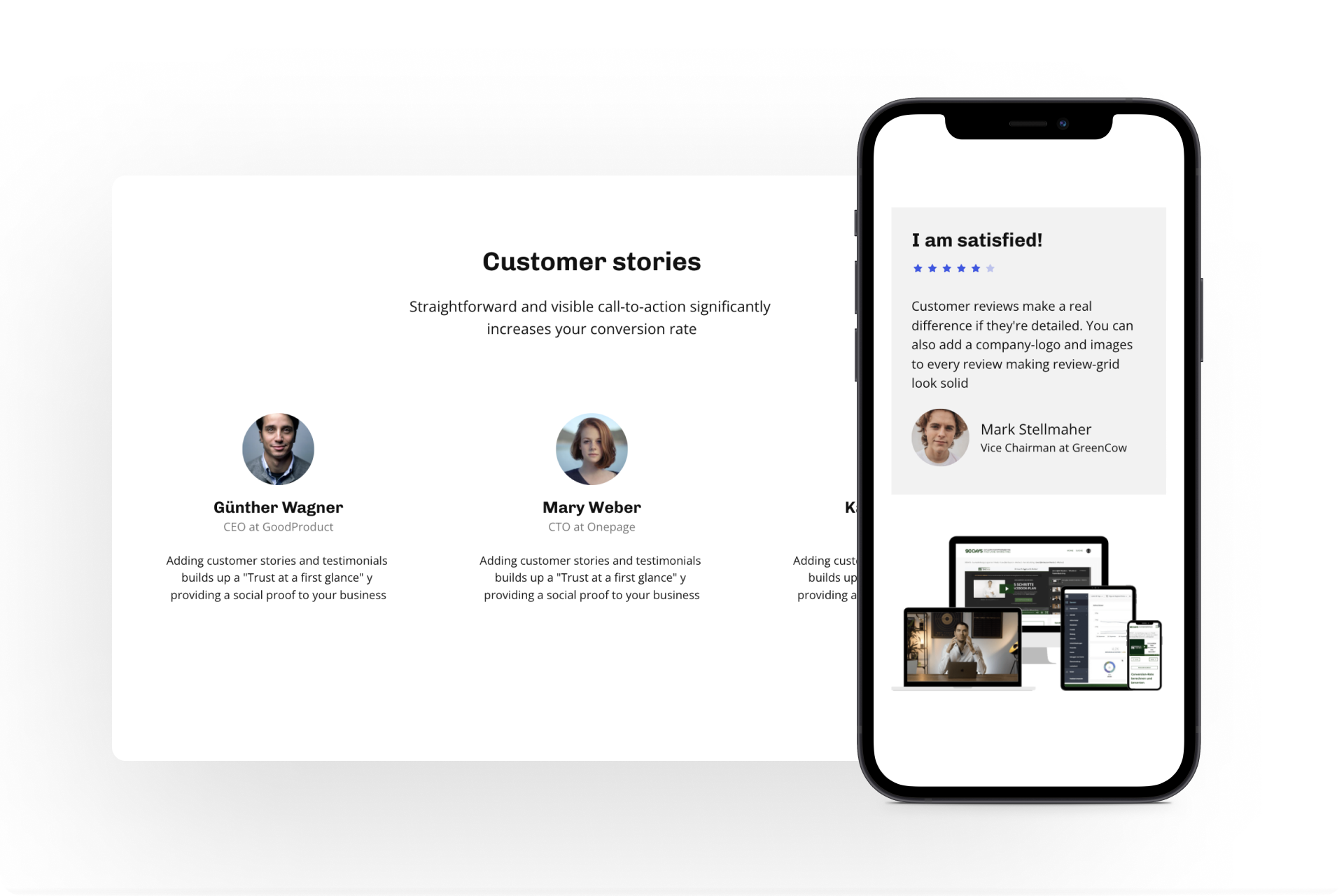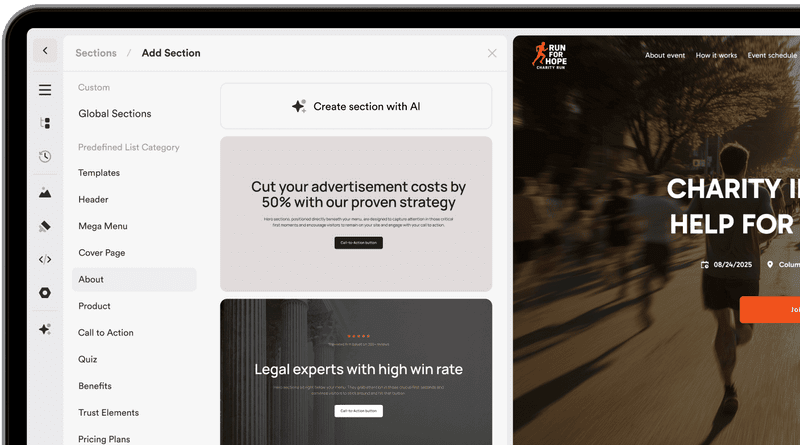July 17, 2023
Planning and executing discount promotions effectively (Guide)
Discover how to plan and execute discount promotions successfully

Discount promotions are a proven marketing tool that businesses can utilize to attract customers, increase sales, and achieve their goals. Are you interested in learning how to strategically and effectively plan discount promotions as an entrepreneur to maximize their benefits? Then you've come to the right place
In this comprehensive article, we will explore the various applications of discount promotions and provide a detailed step-by-step guide for successful implementation. Whether you're planning a product launch, looking to leverage seasonal offers, or aiming to acquire new customers, I will guide you through the necessary strategies and approaches to make your discount promotions impactful.
You will learn how to set clear goals, identify your target audience, determine the appropriate discount amount and type, optimize timing, effectively market your promotion, and analyze its success. Armed with this comprehensive knowledge, you will be able to plan and execute your next discount promotion professionally. Let's dive into the world of discount promotions together and boost your sales!
When to use discount promotions

#1 Product launch:
A discount promotion can be an effective method to successfully introduce a new product to the market. By offering an introductory discount, customers are encouraged to try the product and gain initial positive experiences with it.
A discount promotion during a product launch is an effective way to motivate customers to try the new product and gather their first positive experiences. The introductory discount incentivizes customers to purchase the product despite any potential concerns.
In industries with intense competition, a discount promotion can provide a unique selling proposition. Customers are encouraged to choose the new product over existing options. By offering an attractive introductory discount, customers can deviate from the competition and try the new product.
The discount should be attractive enough to attract customers while still being profitable enough not to significantly impact the company's profit margins. Setting a time limit for the discount promotion creates a sense of urgency and motivates customers to act quickly.
#2 Seasonal offers:
Discount promotions are particularly effective during seasonal peak periods, such as Christmas, Black Friday, or summer vacations. Customers are actively seeking attractive deals during these times, and a discount promotion can positively influence their purchasing decisions.
For example, during the Christmas season, most people are in a shopping mood, looking for gifts for their loved ones. A discount promotion can encourage customers to purchase specific products as it helps them save money and make their Christmas shopping more cost-effective. Black Friday is another example, where customers actively seek bargains and deals. A discount promotion on this day can drive customers to make targeted purchases of the advertised product.
Similarly, during the summer vacation period, many people are willing to spend money on travel, leisure activities, and summer clothing. A discount promotion can influence customers' purchasing decisions in favor of the advertised product. For instance, if a travel agency offers a discount on specific holiday destinations, it can motivate customers to take advantage of these offers and adjust their summer travel plans accordingly.
The combination of seasonal events and discount promotions creates a sense of urgency and added value for customers. They know that these offers are time-limited and can provide financial savings. As a result, they are motivated to expedite their purchasing decisions and acquire the advertised product.
It's important for companies to strategically plan their seasonal offers and discount promotions. Selecting the right timing and carefully designing the discounts can significantly impact the success of the campaign. It's also crucial to ensure that the discounts remain profitable and do not compromise the long-term profitability of the company.
Note: Read our article "8 tips to get your website ready for holiday seasons" for further insights.
#3 Customer acquisition:
Customer acquisition is a crucial aspect of marketing, and discount promotions can play an effective role in this process. One way to acquire new customers is by offering a "refer-a-friend" discount.
In this type of discount promotion, both the referring customer and the referred customer benefit from a discount. By sharing the offer with friends or acquaintances, the referring customer creates an incentive to generate customer referrals and expand the customer base.
The referring customer typically receives a discount or reward when they successfully refer a new customer. This could be a credit towards future purchases, a complimentary service, or an exclusive discount, for example. At the same time, the referred customer receives a special introductory discount or a welcome bonus to incentivize them as a new customer.
This type of discount promotion creates a win-win situation for both parties involved. The referring customer feels rewarded and motivated to recommend the company, while the referred customer has a financial incentive to try out the product or service.
Step-by-step guide to implementing a discount promotion:

1. Goal setting:
Define clear goals for your discount promotion. Do you want to increase your sales, acquire new customers, or reduce inventory? The goals should be specific, measurable, and achievable. This means setting clear numbers or metrics that will allow you to assess the success of the promotion. For example, you could set a goal to increase sales by 20% or acquire 100 new customers. These goals should also be realistic and attainable based on your industry, market, and other factors.
2. Target audience and segmentation:
It is also important to identify your target audience and, if necessary, segment them. You need to know which customer groups should benefit from the discount promotion. By segmenting your target audience, you can tailor the discount promotion more effectively and make it more relevant. You can segment your customers based on demographic characteristics, behaviors, interests, or other criteria. By better understanding the needs and preferences of your target audience, you can customize the discount promotion to their specific needs.
For example, you could divide your target audience into different customer segments, such as loyal customers, occasional buyers, or new customers. Each customer group may have different needs and purchasing habits. By providing specific discounts or offers for each customer group, you increase the likelihood that they will benefit from the discount promotion and make a purchase.
Segmenting your target audience also allows you to use your marketing efforts more effectively. You can use the right channels and messages to reach each customer group and draw attention to the discount promotion. This increases the relevance of the discount promotion and the likelihood that it will be noticed by your target audience.
2. Target audience and segmentation:
It is also crucial to identify and, if necessary, segment your target audience. You need to know which customer groups should benefit from the discount promotion. By segmenting your target audience, you can make the discount promotion more targeted and relevant. You can segment your customers based on demographic characteristics, behaviors, interests, or other criteria. By better understanding the needs and preferences of your target audience, you can tailor the discount promotion to their specific needs.
For instance, you could divide your target audience into various customer segments, such as loyal customers, occasional buyers, or new customers. Each customer group may have distinct needs and purchasing habits. By providing specific discounts or offers for each customer segment, you increase the likelihood that they will benefit from the discount promotion and make a purchase.
Segmenting your target audience also enables you to deploy your marketing activities more effectively. You can utilize the appropriate channels and messages to reach each customer segment and capture their attention for the discount promotion. This enhances the relevance of the discount promotion and the probability of it being noticed by your target audience.
3. Discount amount and type:
When planning a discount promotion, you need to decide on the amount of the discount and the form in which it will be granted. There are various ways to offer a discount, such as a percentage off, a fixed amount off, or a free add-on.
The discount amount should be attractive enough to entice customers and motivate them to make a purchase. It is essential to carefully consider the value of the discount so that it is perceived as worthwhile and appealing. Offering a discount that is too small may not sufficiently attract customers, while offering a discount that is too high could significantly impact your profit margins. Find the right balance to create an incentive for customers without losing sight of your financial goals.
The choice of discount type depends on your product or service. A percentage discount offers customers a percentage reduction off the purchase price. A fixed amount off can act as a direct deduction from the purchase price. A free add-on can provide customers with an additional incentive to purchase the product, as they will receive something extra.
When determining the discount amount and type, also consider the costs and impact on your business. Analyze your profit margins and ensure that the discount still leads to a profitable sale. It is also important to consider the impact of the discount on the long-term value of the customer. Offering a discount that is too high may result in customers purchasing solely based on the discount and may not lead to long-term loyalty.
4. Duration and timing:
When planning a discount promotion, it is important to establish a clear timeframe for the promotion. You need to decide whether the discount promotion will be limited to a certain period or offered continuously. Both approaches have their advantages and disadvantages, and the decision depends on your goals and the nature of your business.
A limited-time discount promotion can create a sense of urgency and motivate customers to act quickly. By setting clear start and end dates for the promotion, you create a sense of urgency and an incentive for customers not to miss out on the offer. This can be particularly effective for generating short-term increases in sales or capitalizing on seasonal peak periods such as Christmas, Black Friday, or other holidays. It is important to ensure that the timeframe is reasonable and allows enough time for customers to take advantage of the promotion.
On the other hand, a continuous discount promotion can help attract customers consistently and increase sales in the long term. By having the discount available continuously, you create a constant incentive structure for customers to shop with you. This can be particularly effective for building customer loyalty and encouraging repeat purchases. However, it is important to ensure that the continuous discount promotion does not create an expectation that customers will only buy when discounts are available.
When determining the timing of your discount promotion, it is also important to consider seasonal or relevant events. For example, if you have a product that is particularly suitable for summer vacations, you can start the discount promotion well in advance of the travel season to appeal to customers who are looking for attractive deals. You can also leverage seasonal holidays or events to plan your discount promotion, as many customers are actively seeking deals during these times.
5. Marketing and communication:
When conducting a discount promotion, an effective marketing and communication strategy is of great importance. You want to ensure that your target audience is aware of the discount promotion and motivated to take advantage of it. Here are some steps you can take to effectively promote your discount promotion:
- Website: Update your website to prominently showcase the discount. Create eye-catching banner ads or a dedicated landing page that includes all relevant information about the discount promotion. Ensure that the call-to-action is clear and compelling to encourage visitors to avail themselves of the discount.
- Email Marketing: Send targeted emails to your existing customers to inform them about the discount promotion. Personalize the messages and emphasize the value they will receive through the discount. Use engaging subject lines to capture attention and include a clear link that leads directly to the discount page.
- Social Media: Utilize platforms such as Facebook, Instagram, Twitter, or LinkedIn to spread the word about the discount promotion. Create engaging graphics or videos that highlight the discount and the value for customers. Employ targeted hashtags to increase reach and encourage your followers to share the promotion for greater visibility.
- Print Advertisements: If appropriate for your target audience, you can also use traditional print advertisements in newspapers, magazines, or flyers. Design attention-grabbing ads that clearly communicate the discount and include key information such as the timeframe and call-to-action. Ensure that the ads are placed in relevant publications to reach your target audience.
Regardless of the chosen channels, it is crucial to design clear and compelling promotional materials. Use attractive visuals to capture attention and prominently display the discount and its value. Ensure that all relevant information about the discount promotion is included, such as the timeframe and any restrictions or conditions. A clear call-to-action, such as "Buy Now" or "Click Here," should also be included to directly encourage customers to make a purchase.
6. Monitoring and analysis:
To ensure the success of your discount promotion, it is important to regularly monitor progress and conduct a thorough analysis of sales figures. By capturing data such as increased revenue, customer acquisition, and return on investment (ROI), you can evaluate the effectiveness of the promotion and gain valuable insights to inform future discount promotions.
Start by setting clear goals and metrics that you want to track. For example, you could measure the increase in sales during the promotion compared to a previous period. You could also track the number of new customers acquired or calculate the ROI by comparing the costs of the discount promotion to the generated revenue.
Continuously collect data during the discount promotion to monitor sales performance. Utilize appropriate tools such as sales reports, customer feedback, or tracking codes to identify the sources of sales. Also, monitor website traffic or social media platforms to gauge the level of customer engagement generated by the discount promotion.
Upon completion of the discount promotion, conduct a thorough analysis of the collected data. Compare the results against your goals and determine whether the promotion achieved the desired outcomes.
7. Customer service and experience:

During your discount promotion, providing excellent customer service and ensuring a positive customer experience is of utmost importance. Here are some steps you can take to ensure that your customer service is effective and efficient during the promotion:
1. Responsiveness: Respond promptly to customer inquiries and complaints. Ensure that you have appropriate communication channels such as email, phone, or live chat to provide customers with an easy way to get in touch with you. The faster you respond to customer concerns, the better the customer experience will be.
2. Friendliness and Professionalism: Handle customer inquiries and complaints with friendliness and professionalism. Show understanding for their concerns and make an effort to answer their questions thoroughly and satisfactorily. Train your customer service team to be well-informed about the product and the discount promotion and to treat customers with respect and courtesy.
3. Solution-oriented approach: Strive to proactively resolve customer issues and complaints. Go above and beyond to satisfy customers and provide them with a positive experience. Find creative solutions to compensate for any inconveniences or offer additional value beyond the discount. This can help build long-term customer relationships and generate positive word-of-mouth.
4. Gather feedback: Use the discount promotion as an opportunity to gather feedback from your customers. Provide them with the opportunity to share their opinions and experiences. This can give you valuable insights into the strengths and weaknesses of the discount promotion and help you improve your future marketing strategies.
5. Improve the customer experience: Utilize customer feedback to continuously improve the customer experience. Identify areas where you can make improvements, whether it's in the ordering process, delivery, or customer service. Make adjustments to ensure that your customers have a seamless and enjoyable experience during the discount promotion.
Providing exceptional customer service during the discount promotion helps build customer loyalty and generates positive recommendations. Customers who have a positive experience with your company are more likely to return and continue using your products or services even without discount promotions.
Conclusion:
You now have a comprehensive understanding of how to strategically utilize discount promotions to achieve your goals and drive long-term success for your business. By setting clear goals for your discount promotion, identifying and segmenting your target audience, determining the discount amount and type, choosing the right timeframe, developing an effective marketing and communication strategy, monitoring and analyzing the promotion, providing excellent customer service, and optimizing the customer experience, you create optimal conditions for a successful discount promotion.
Discount promotions can help attract new customers, retain existing customers, increase sales, and reduce inventory. It is important to plan discount promotions carefully to ensure that the discount is attractive enough to entice customers while not significantly impacting your profit margins.
Overall, discount promotions offer an effective way to acquire customers, boost sales, and achieve long-term business success. By carefully planning, implementing, and monitoring your discount promotions, you can maximize their potential and generate positive results for your business.
Why not give it a try and create your first discount promotion? Use Onepage to easily, quickly, and, most importantly, for free, create your own website, landing page, funnel, or linktree to promote your discount.
Simply follow the link to sign up and perhaps even publish your first website today!
Start with
Onepage for free.
It’s fast and enjoyable
Onepage is free to use. It’s not a trial version.
No credit card is required




